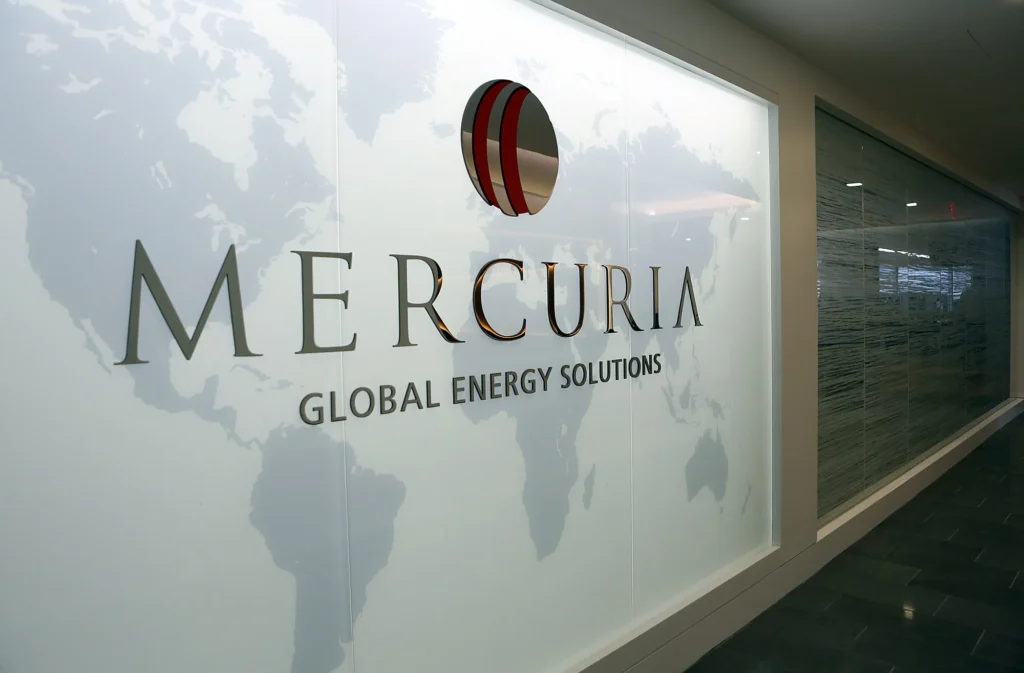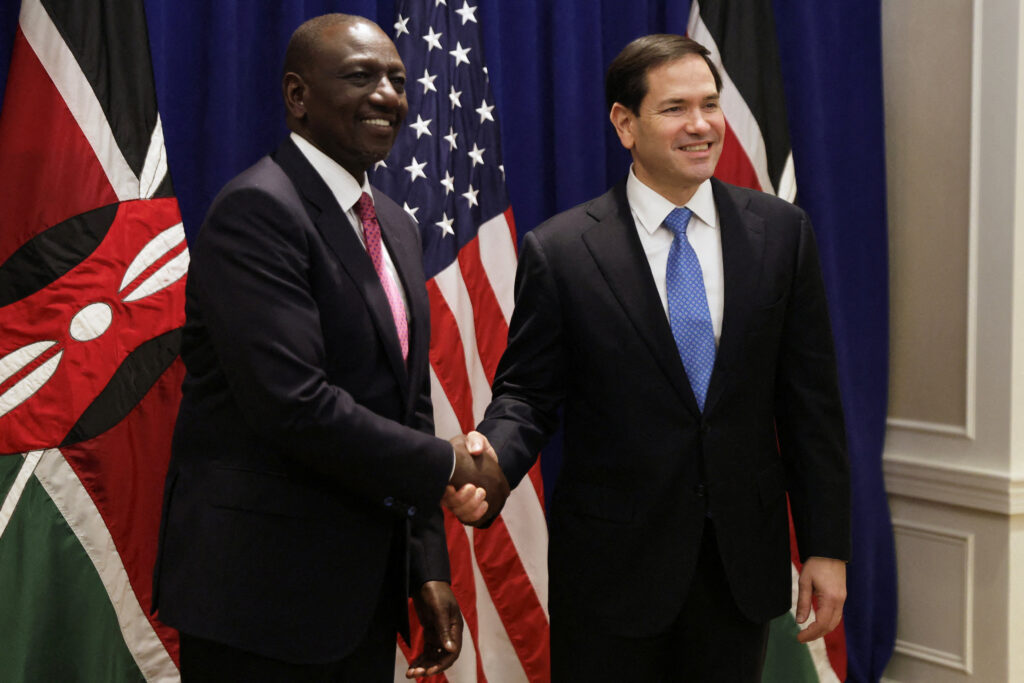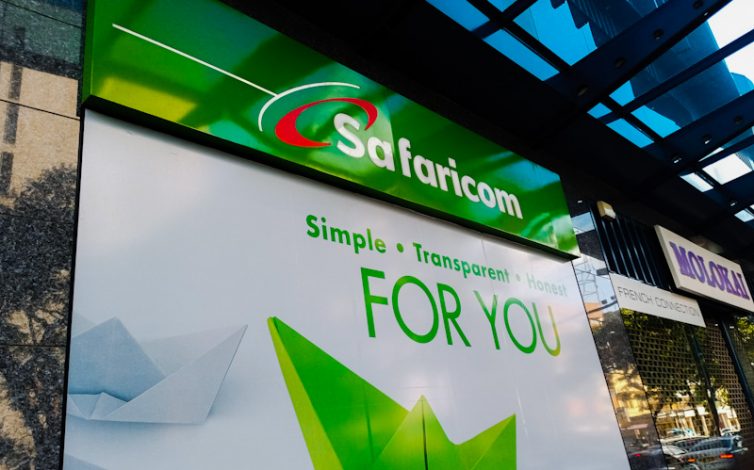
As the May general elections approach, South Africa’s government announced a budget balancing tax hikes with increased social spending amidst sluggish economic growth and high debt levels.
Finance Minister Enoch Godongwana unveiled the national budget on Wednesday, following President Cyril Ramaphosa’s announcement of the May 29th election date. Recognizing the country’s weak economic performance, Godongwana emphasized the need for “difficult decisions” to stimulate growth and job creation.
The budget features tax increases on income, alcohol, and cigarettes, generating an additional 15 billion rand ($1 billion). This comes amidst the ruling African National Congress (ANC) facing potential loss of its parliamentary majority for the first time since 1994.
However, the budget also prioritizes social welfare programs, a key pillar of the ANC’s policies and popularity. Social grant funding will rise by 42 billion rand ($2.2 billion) over three years, expanding access and keeping pace with inflation.
Addressing poverty and inequality
With almost 20 million South Africans (a third of the population) relying on social grants, Godongwana acknowledged the rising cost of living concerns. He emphasized that 60% of the budget, excluding interest payments, is directed towards social services, including public employee salaries.
However, South Africa grapples with high poverty and unemployment, currently exceeding 32%. The World Bank identifies it as the world’s most unequal nation.
Seeking re-election amidst economic challenges
The May elections encompass both national and provincial legislatures, with national lawmakers subsequently electing the president. Seeking a second term, Ramaphosa leads the ANC, which is projected to fall below 50% of the vote for the first time. This may necessitate forming a coalition government.
Slow economic growth (estimated at 0.6% in 2023) and ballooning debt pose significant challenges. Servicing debt is projected to cost 382 billion rand this year, exceeding the police budget. Public sector inefficiencies have further hampered progress.
Budgetary measures and debt outlook
To address these issues, the budget implements cost-cutting measures and reforms, including a 15% “global minimum corporate tax” on multinational profits. These measures, alongside tax hikes, are projected to reduce the budget deficit from 4.9% of GDP to 3.3% by 2026-27.
Despite the planned 10% increase in government spending, reaching 2.6 trillion rand, debt is expected to peak at 75.3% of GDP in two years. However, the treasury projects a primary budget surplus by the end of March, marking the first such surplus in 15 years.




